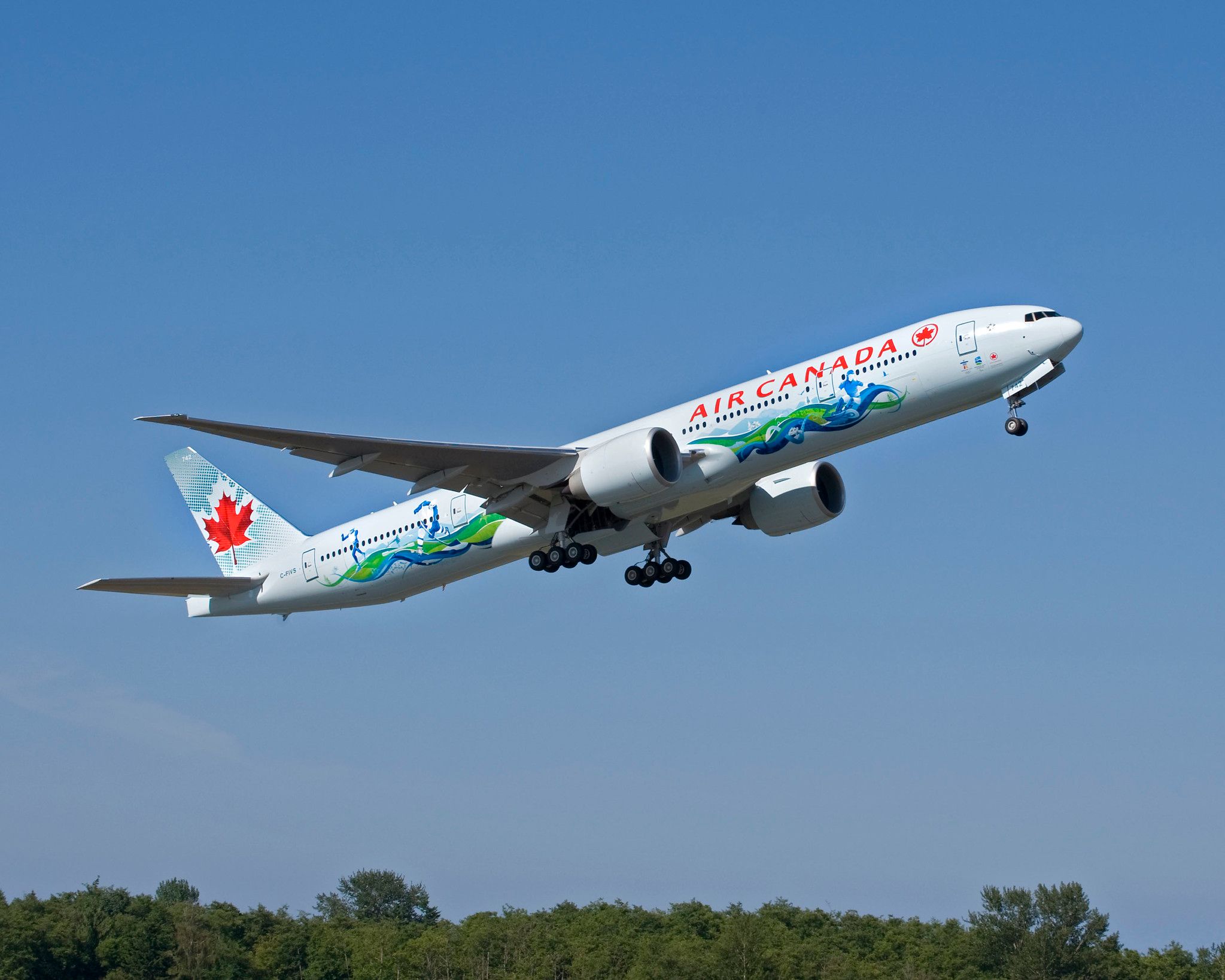Summary
- The 777-300 and the 777-300ER are the largest Boeing 777 variants, differing in range and seating capacity.
- The 777-300 has a shorter range (11,165 km) but more seats (up to 550), while the 777-300ER can fly further (13,650 km) with seats up to 396.
- The 777-300ER is more popular due to long-haul travel economics, with over 700 still in service, whereas the 777-300 is less common.
The largest commercially operational variants of the Boeing 777 family are the 777-300 and the 777-300ER. Before it launched the 777X (currently touted to enter service in 2025), the 777-300 and its extended-range variant were the largest twinjet passenger aircraft that Boeing offered to airlines. Let’s take a closer look at the two variants to determine the differences.
Comparing the specifications
The 777 series offers several widebody twinjet airliners praised for their superior qualities both in terms of performance and passenger comfort. With recent upgrades, the aircraft is preferred by many airlines that want to boost their revenue and reduce costs while continuing to offer the same superb experience to their passengers.
Photo: Petr Podrouzek | Shutterstock
Of course, a key angle when comparing the Boeing 777-300 with its extended-range counterpart is the examination of their respective specifications. While, in general, we can conclude that the main difference comes in the distance the 777-300ER covers (as is clear from the ER abbreviation standing for ‘extended range’), there are also some differences in the construction of the aircraft.
|
Specification |
Boeing 777-300 |
Boeing 777-300ER |
|---|---|---|
|
Length |
73.9 meters (242 feet 4 inches) |
73.9 meters (242 feet 4 inches) |
|
Height |
18.5 meters (60 feet 9 inches) |
18.5 meters (60 feet 9 inches) |
|
Wingspan |
60.9 meters (199 feet 11 inches) |
64.8 meters (212 feet 7 inches) |
|
Engines |
GE90-94B, PW4098, RR Trent 892 |
GE90-115B |
|
Maximum Range |
11,165 km (6,030 NM) |
13,650 km (7,370 NM) |
|
Maximum Takeoff Weight (MTOW) |
299,370 kg (660,000 lbs) |
351,534 kg (775,000 lbs) |
|
Seating Capacity |
Up to 550 passengers |
Up to 396 passengers |
Dimension-wise, the two planes are relatively similar, but they differ considerably in terms of their wingspans – the wingspan of the 777-300 clocks in at 60.9 meters wide, while the 777-300ER is nearly four meters wider at 64.8m. However, both designs feature the same 31.6-degree sweep.
Stay informed: Sign up for our daily and weekly aviation news digests.
History of Boeing 777-300
Boeing’s board of directors authorized the 777-300 production program on June 26th, 1995. This came just weeks after the smaller 777-200 entered service with United Airlines. The first aircraft rolled out in 1997, with its maiden flight occurring in October of that year. The first aircraft was delivered to Cathay Pacific in 1998.
The Boeing 777-300ER came after the 777-300 but proved to be even more of a success story. Thanks to its powerful GE90 turbofan engines and aerodynamic refinements, the aircraft offers smooth flying and excellent operating economics, making it a fantastic aircraft for long-haul travel.
Photo: Vincenzo Pace | Simple Flying
The airline industry is always full of new developments! What aviation news will you check out next?
The 777-300ER made its first flight on February 24th, 2003, with its maiden delivery seeing Air France receive the twinjet on April 29th, 2004. Since then, the 777-300ER has become the best-selling 777 variant, with its sales figures performing better than some of its competitors, such as the Airbus A330 and A340.
Where the 777-300 makes sense
The 777-300 is a great aircraft for flying many passengers at a shorter distance. As such, it is no surprise that the 777-300 has been used heavily in East Asia, where customers like ANA and Cathay Pacific have used it on high-demand shorter routes, such as between Hong Kong and Singapore or Tokyo and Shanghai. ANA is known to configure its 777-300s with an impressive 514 seats to ensure higher density capacity on popular routes.
Putting a lie-flat seat onboard in a premium cabin on shorter routes is unnecessary, as it reduces the maximum capacity onboard an aircraft. Since the 777-300 is perfect for shorter routes, airlines can configure it entirely with non-lie-flat seats, like ANA did, which makes this aircraft a great choice for shorter flights.
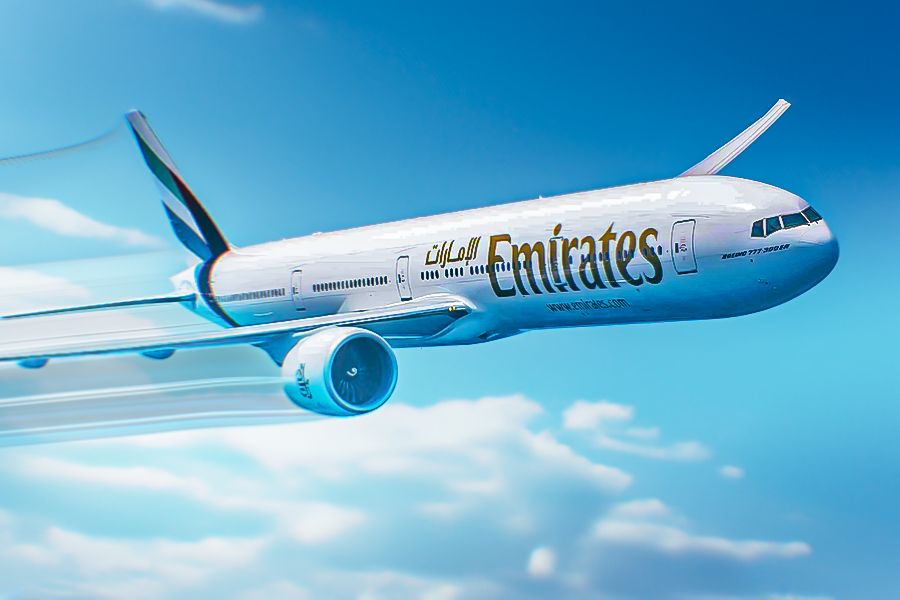
Related
The Boeing 777-300ER At Emirates: 5 Things You Need To Know Before Flying
The aircraft has a lot to offer at the Dubai-based UAE flag carrier.
Why the 777-300ER is better for a lot of airlines
As much as we all love the novelty of seeing widebodies on short-haul routes, this doesn’t happen everywhere. While it is common in East Asia, it is less typical in Europe or North America, which are two places where the 777-300 was less of a hot seller. Instead, the 777-300ER turned out to be more popular in these regions. The 777-300ER is designed for long-haul travel, which is what airlines want to use widebodies for. Putting a widebody on a domestic or short-haul route is not always economical, nor is it easy to fill up those aircraft.
Photo: Vincenzo Pace | Simple Flying
Emirates, which has a massive fleet of over 120 Boeing 777-300ERs, flies these aircraft all over the place on short and long routes. Other carriers, like British Airways or United Airlines, fly the 777-300ER almost exclusively on long-haul routes. As it is a twinjet, the aircraft is more economical to operate than some larger quadjets, like the Airbus A380 or the Boeing 747. The 777-300ER, despite being powered by only two engines, does not necessarily sacrifice capacity. Air Canada, for example, fits as many as 450 passengers onboard some of its 777-300ERs.
How many are active today?
Let’s conclude by perusing some of the data that ch-aviation offers to see how many examples of each variant are active today. Starting with the standard 777-300, we can see that the type has become rather rare, with just over 20 listed as active.
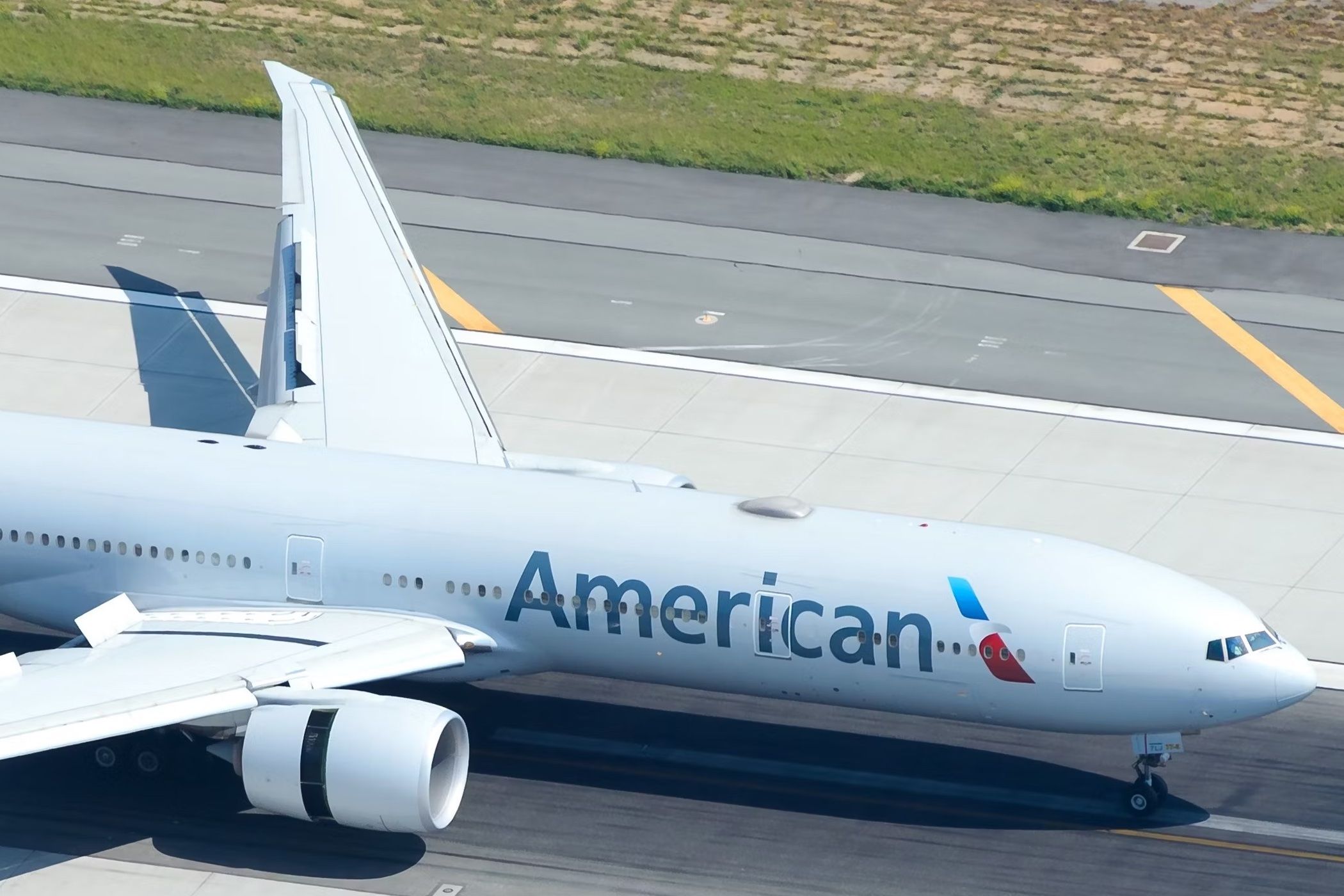
Related
How & Why Did The Boeing 777-300ER Outsell The Triple-Seven’s Other Variants?
The widebody jet has proven to be extremely popular.
Meanwhile, as established, the 777-300ER was a far more popular design, with well over 800 rolling off the production line. Of these, a considerable majority are still listed as being active today, totaling over 700 jets across 45 operators.
Which do you prefer, the 777-300 or the 777-300ER? Have you ever flown on either aircraft type? Let us know your thoughts and experiences in the comments!

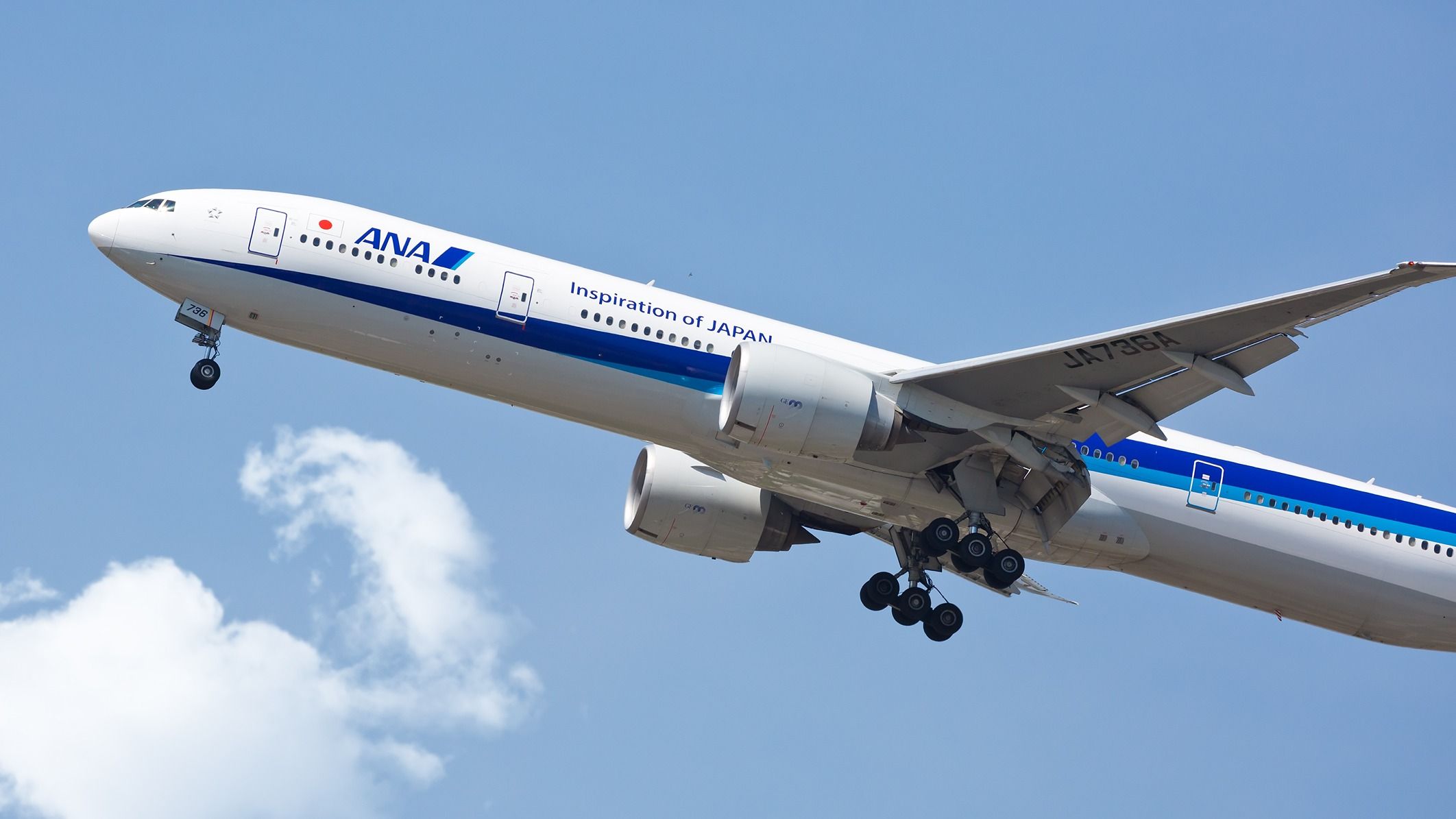
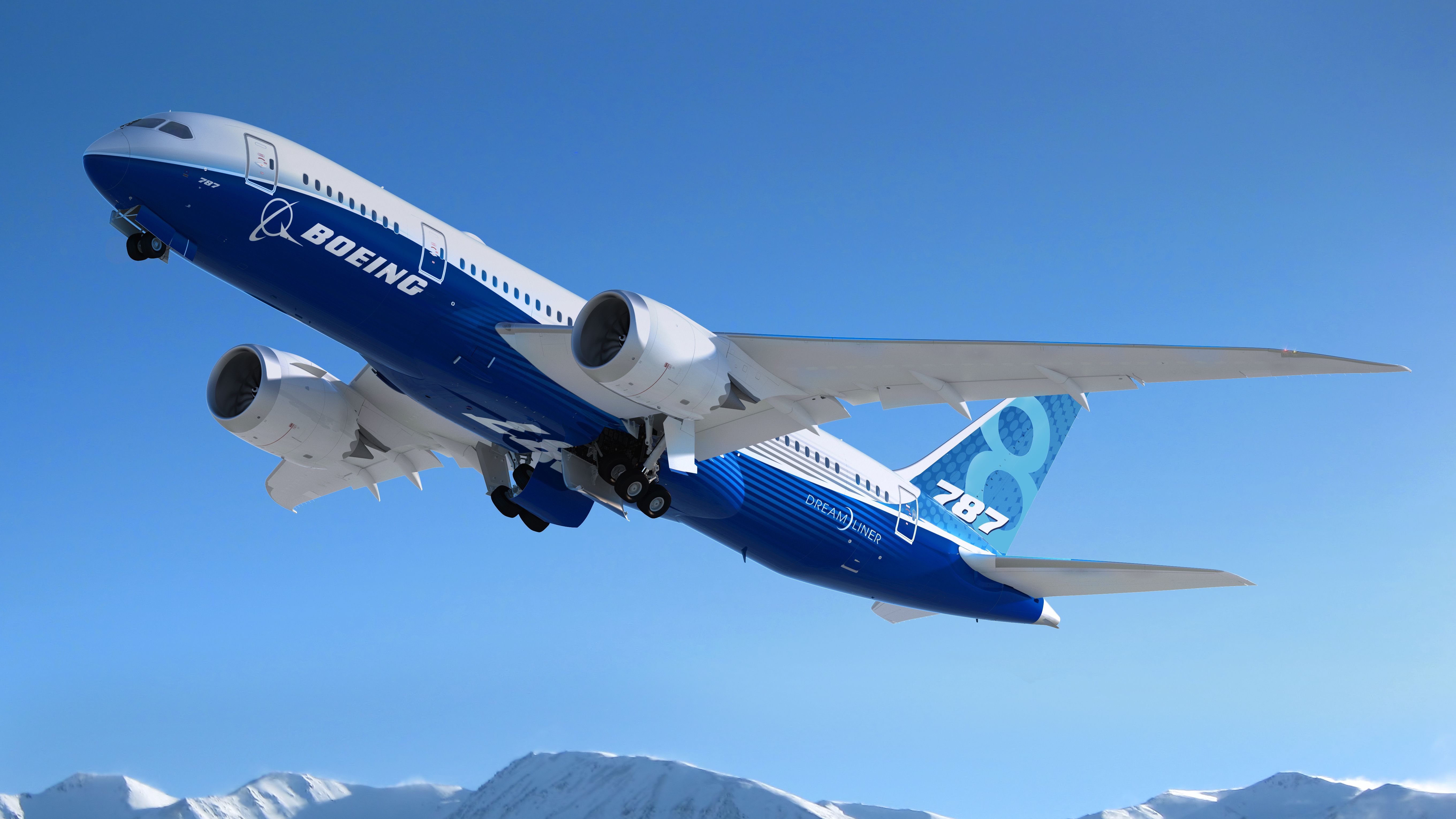
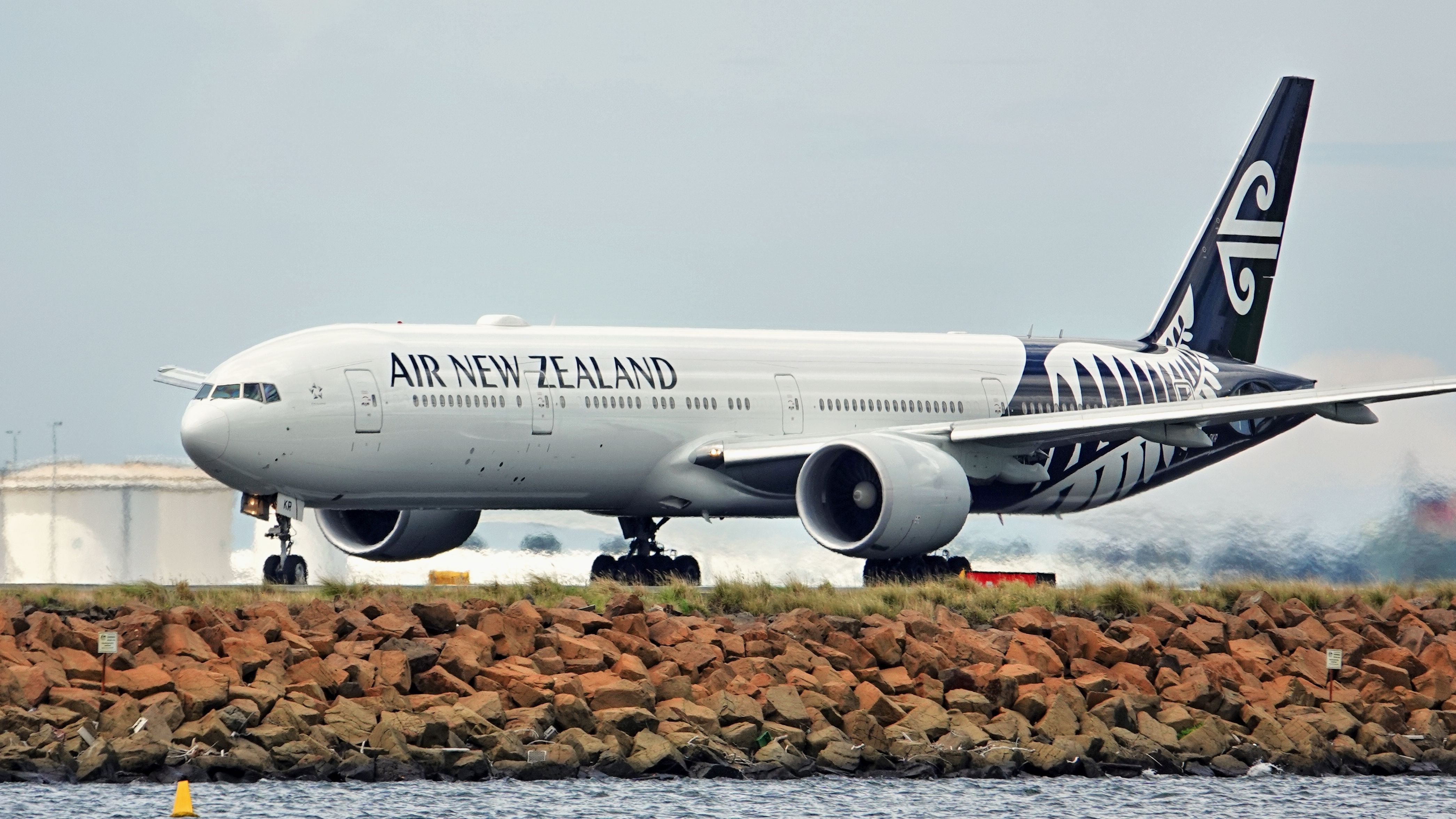
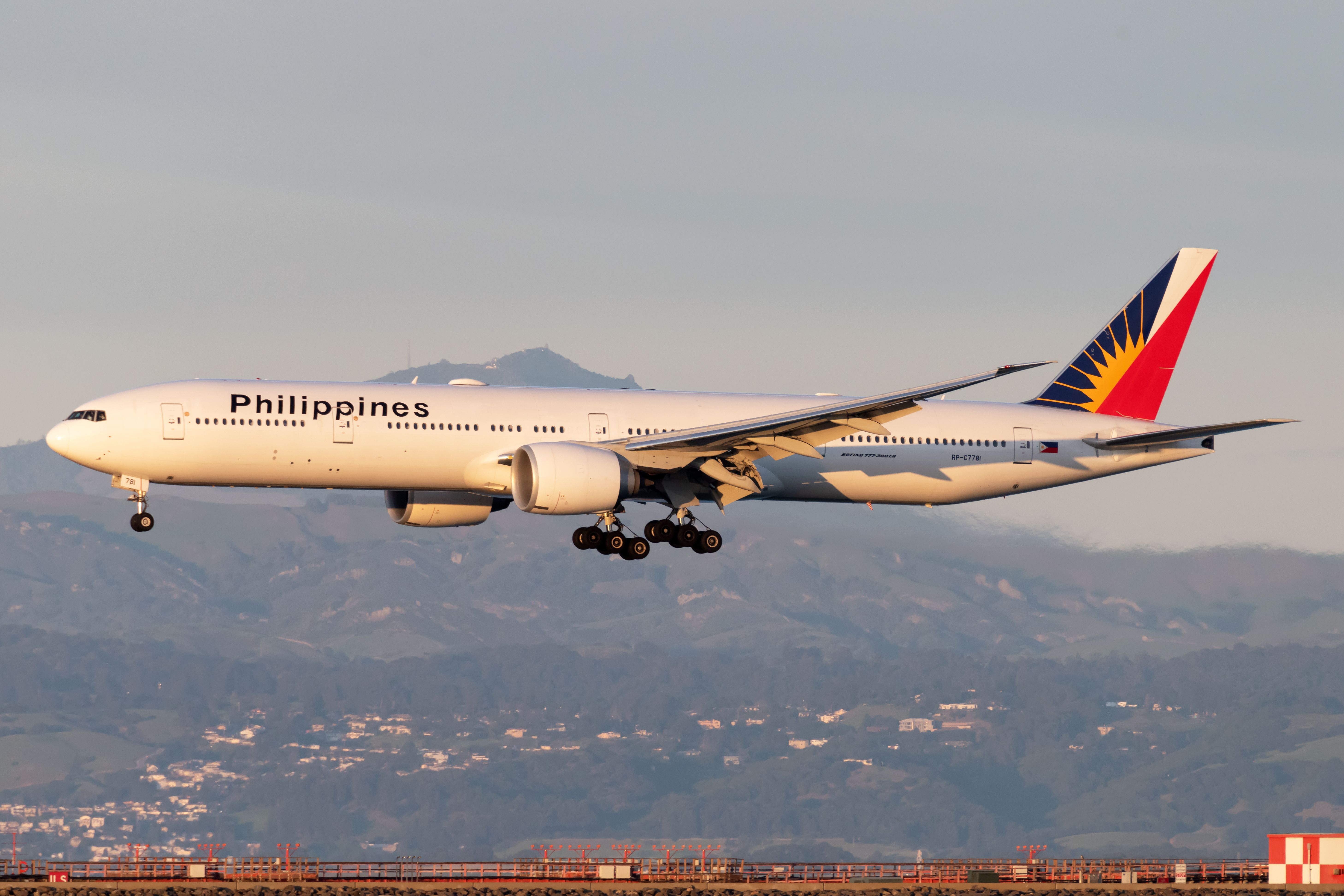
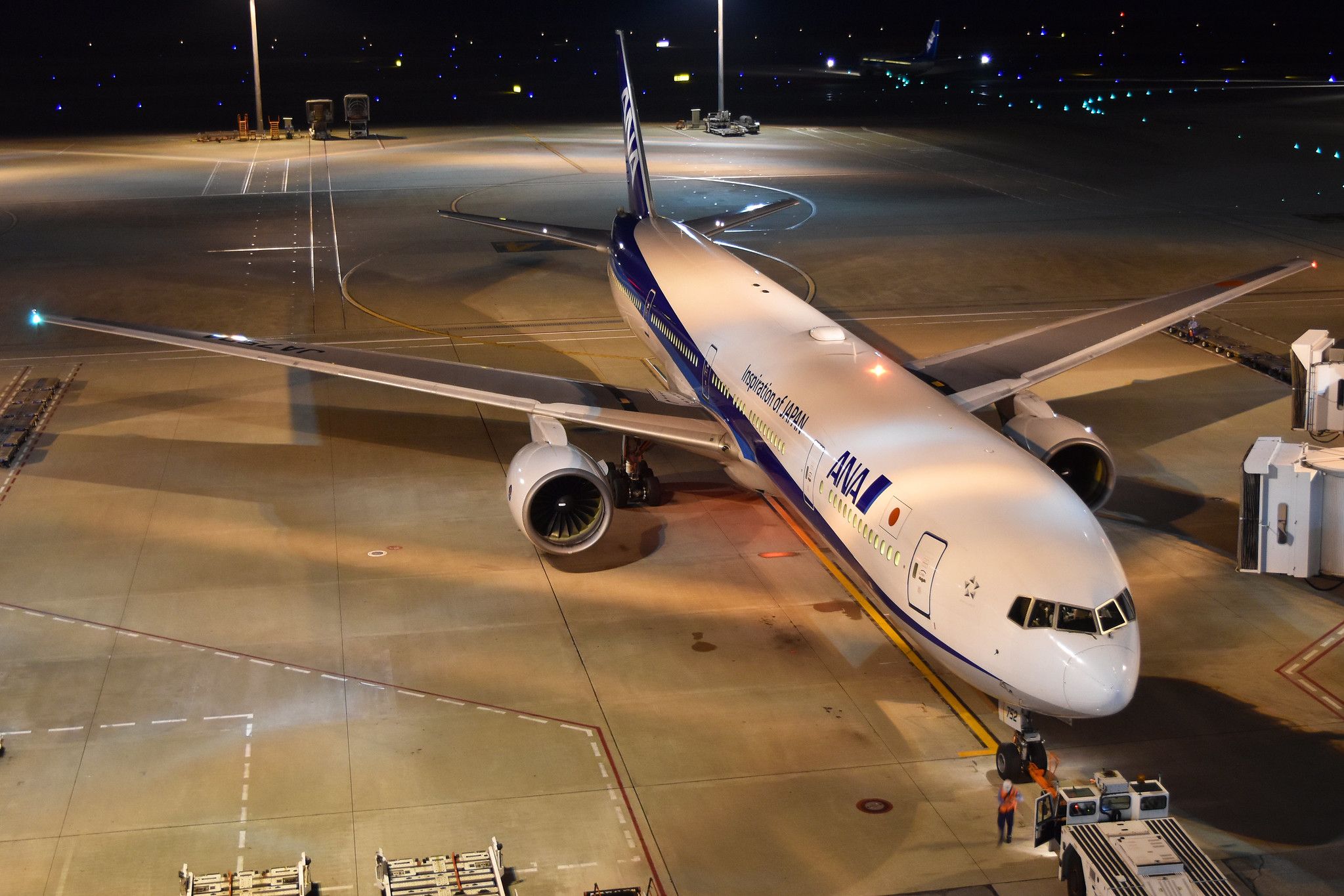
-A6-EQN.JPG)
